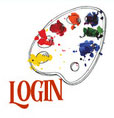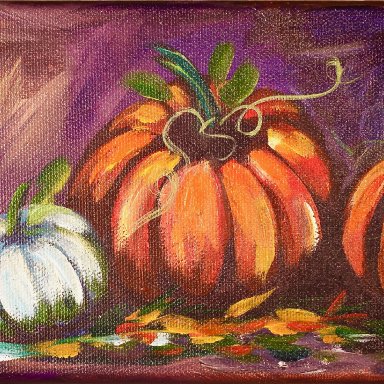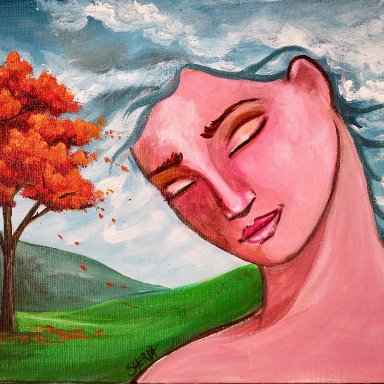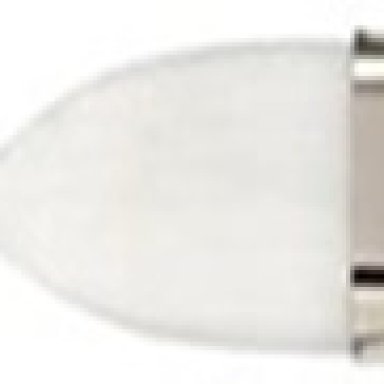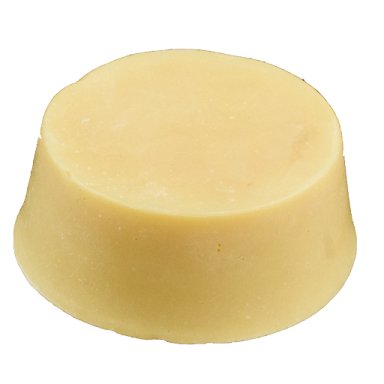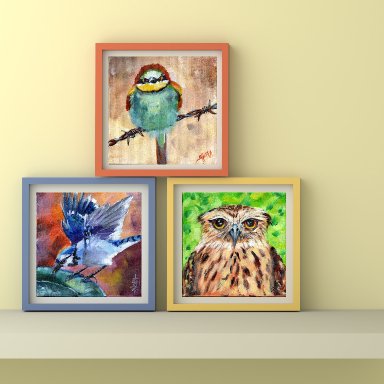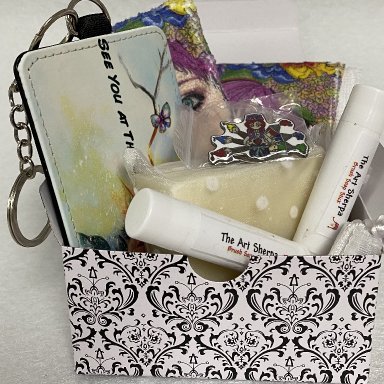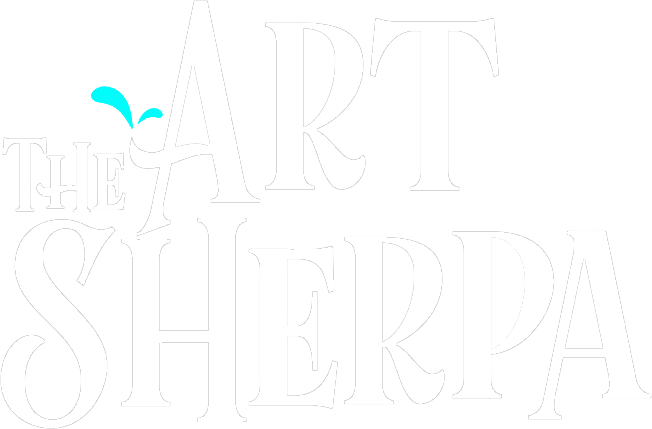Sherpa Soap, 4 oz, Disc
Sherpa Soap, 4 oz. Disc
STRONGER THAN PAINT YET GENTLE ENOUGH FOR EVEN YOUR FAVORITE BRUSHES.
If your brush is a magic wand, then this Soap is the fountain of youth you need. Our handmade brush Soap has been designed specifically with our artists in mind and is made with only all-natural ingredients including olive oil, coconut oil and our signature The Art Sherpa "Studio Scent". It will leave you with the satisfaction of knowing that your creative tools are pampered in the way they deserve. We produce it in small batches to ensure you're getting a quality product that we, at The Art Sherpa, can stand behind. Carefully crafted in our studio located in the Shire of Pennsylvania, production is overseen by Stunt Hands himself. This hand-crafted product works on oils, acrylics, watercolor, varnishes, and most synthetic finishes, but will also restore most hardened brushes to like-new condition.
Price includes shipping to the US ONLY . We are sorry, but due to the current situation with the USPS we are not able to ship internationally. Packages are not arriving and are stuck here in the States. We hope things improve with the postal system soon so we can give you the option to pay for international shipping.


Ingredient list:
Saponiated oils of: Cocos Nucifera (Coconut) Oil, Elaeis Guineensis (Palm) Oil, Olea Europaea (Olive) Fruit Oil, Stearic acid, with Lavender EO, Spike Lavender EO, Orange EO and a blend of EO referred to as Thieves Oil (Clove EO, Lemon EO, Cinnamon Bark EO, Eucalyptus EO, Rosemary EO).
The Art Sherpa Acrylic Brush Soap and Brush Rescue
Because Art Sherpa Soap and Soap Rescue is included in this kit, we are including information about brush care and cleaning.
The Art Sherpa’s #1 Recommendation to END BRUSH BRUTALITY is to clean your brushes.
Your acrylic paint brushes are an expensive investment so you should know how to protect and keep them for years. It might surprise you to know that the future of each brush is sealed at the sink after each painting session. That leftover paint MUST ALL come out or the acrylic polymer emulsion and pigments get pushed into your bristles and the ferrules. Dried paint hiding in the ferrule can build up until it “blows out” the shape of your brush, causing splitting and stray hairs. This will give you a great cloud or scumble brush, but will ruin a brush’s original shape and edge.
How do I clean my brushes?
One of the most frequent questions I get asked is how to clean brushes and I’ve spent years finding the most powerful, natural ingredients, to remove that brush destroying paint. I’ve consulted:
- acrylic paint makers and chemists
- off the grid super mom bloggers
- specialty oil importers
- brush makers, and
- natural soap makers all over the globe
We searched high and low for the ingredients that would make a nontoxic, human friendly brush soap with very specific results. Those Taklon filaments and blends need special TLC because if a brush is a magic wand, then the soap has to be the fountain of youth for the brush. I actually named my quest for the perfect soap and called it “The Journey to a Better Bubble.” Corney, I know, but you know how I feel about bubbles.The Art Sherpa Brush Soap is here and is unlike anything you have ever tried. I needed the magic suds, the bubble blaster; I demanded brush rescue.
While I created my brush soap products as an acrylic paint cleaner for synthetic brushes, it works amazingly on oil and watercolor brushes as well.
The Art Sherpa’s Brush Soap Cleaning Instructions:
Materials: Art Sherpa Brush Rescue or Soap, paper towels, a drying towel, container with water for swishing, a cup of hot water (but not hot enough to burn your fingers).
- Place cleaning supplies and lay your drying towel out next to the sink.
- Remove any excess thick paint that is on your brush on a disposable towel.
- Vigorously swish the brush in the container of water.
- Wet the brush in warm running water and rub across the soap. Build up the suds as you use the directional stroke method. Do this firmly, but gently, taking care not to scrub or bend the filaments of the brush.
- Take your fingers and work the soap gently through the brush
- Rinse and repeat step #4 .
- Take the newly clean brush and stroke firmly, but gently, in a dragging motion, across a dry white paper towel. If you see any color, go to step # 8, if not go to step # 9.
- Run warmer water over the brush, rewetting it, go over the surface of your soap using the soft circle method. If you are using a tub with a loofah, be extra careful.
- Take your cup of hot, but safe for fingers, water, and dip brush in for 10-20 seconds. Finger shape your brush
- Lay brush flat on a paper towel. Come back in an hour to check the brush ( if you see any color repeat the cleaning steps).
- Allow brushes to dry before placing in your brush cup.
Little known facts about brush care.
- NEVER use solvents on synthetic filaments, it can melt the brush.
- NEVER use Acetone on your brush even for dry paint.
- NEVER leave a brush sitting in water.
- NEVER dry a brush in any vertical position, always lay flat.
- Rubbing alcohol removes dry paint and is brush safe.
- Certain pigments such as Phthalo Blue and Dioxazine Purple stain filaments. Staining is normal and does not hurt your brush. It is the dry acrylic polymer emulsion that damages the brush.
- All hog bristle brushes must be washed before you paint with them the first time to remove loose bristles. A small amount of bristle shedding is normal; a full hair storm is not.
- Never throw out ruined fluffy brushes because they make the best brushes for clouds, bushes and special textures. They are a treasure. I recommend keeping these gem brushes in their own jar. You can even give them fun new names like “ Sir Cloudinator” or “ Mr Magic Scumble”.
Size: 4oz Rounds



